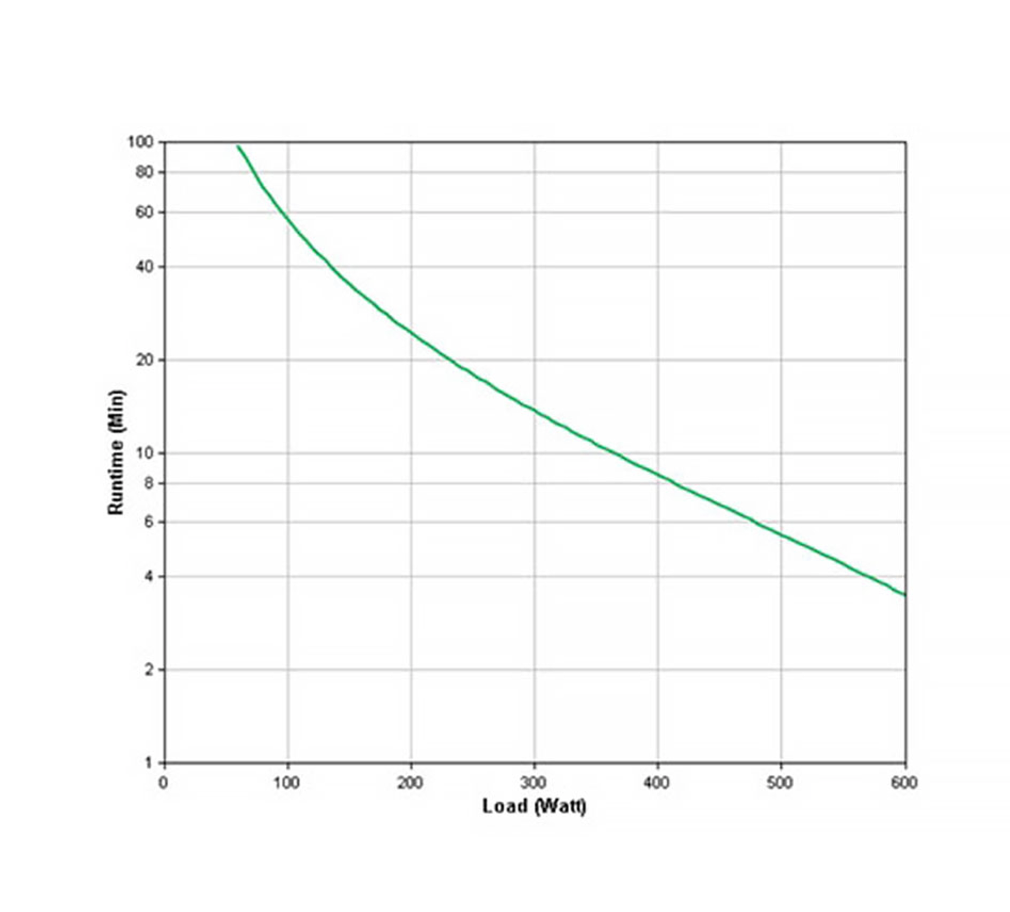
Inquiry
How to Choose a Battery Backup UPS?
Why do you need UPS in your home or business?
Home: The electronic gadgets you depend on every day for communication, security, and entertainment are susceptible to damage and malfunction caused by unforeseen blackouts, voltage fluctuations, or other power interruptions. A UPS provides battery backup power and protection for electronic devices, including:
- Wireless networking equipment (routers, modems)
- Computers
- Televisions
- Security systems
- Gaming consoles
- Mobile devices
Business: Downtime resulting from power outages is exasperating for anyone, but can be financially devastating for a business or organization. Each year, billions of dollars are lost due to downtime caused by power disturbances that could have been avoided by using a UPS. For Fortune 1000 companies:
- Average annual cost of unplanned downtime, $1.25—$2.5 billion
- Average hourly cost of infrastructure failure: $100,000
- Average hourly cost of critical application failure: $500,000—$1 million
Small to medium-sized businesses may be at the most financial risk due to a limited ability to generate revenue during downtime.
What size UPS do you need?
Electrical devices have maximum wattage and VA (volt-ampere) ratings. The attached equipment must not exceed either of these ratings. Watts measure the real power drawn by the equipment, while volt-amps are the product of the voltage applied to the equipment multiplied by the current drawn by the equipment.
The Power Factor
The watt and VA ratings may vary considerably for computers and UPS units, although the VA rating is always equal to or larger than the watt rating. The ratio of watts to VA is referred to as the 'power factor' and is expressed either as a number (e.g., 0.8) or a percentage (e.g., 80%). When determining the appropriate size of a UPS for your specific needs, the power factor is of utmost importance. In general, the output watt capacity of your UPS should be 20-25% higher than the total power drawn by any connected equipment.
How much backup runtime do you need?
Runtime in a UPS context refers to the duration it can keep connected devices powered during a power outage. The more devices connected to the UPS, the greater the power consumption, which in turn reduces the UPS's runtime. To ensure adequate backup power, it's advisable to select a UPS with an output watt capacity that's 20-25% higher than the total wattage of all devices you plan to connect. A UPS watts calculator can help determine your total power load. Once you've figured out the necessary runtime, the next step is to consider different brands and their offerings. Brands like ACE are known for their wide range of options and years of proven reliability.
Some key features when choosing a UPS system
- Basic
- User-Replaceable Batteries
Many UPS units are designed with a convenient feature: a removable panel that allows for easy internal battery replacement. Tripp Lite, for example, provides a full range of replaceable battery cartridges. This is particularly beneficial when the existing battery begins to falter. Rather than replacing the entire UPS system, you need to swap out the old battery for a new one, making it both cost-effective and efficient. Increases availability by allowing trained users to perform battery upgrades and replacements.
- Surge-Only Outlets - Protect
Secondary electronics from surges and spikes without reducing battery power are used to run primary electronics during outages.
- Building Wiring Fault Indicator
LED indicator that informs users of potentially dangerous wiring problems in wall circuits.
- Transformer-Block Spaced Outlets
Protect equipment without blocking access to other receptacles.
- Automatic Self-Test - Periodic
Battery check that ensures early detection of batteries needing replacement.
- Enhanced
- Automatic Voltage Regulation (AVR)
Gives high application availability by correcting low and high voltage conditions without using the battery.
- Pure Sine-Wave Output on Battery
Simulates utility power to provide compatibility for active PFC (power factor corrected) servers and sensitive electronics.
- SmartSlot
Customizes UPS capabilities with network management cards.
- Scalable Runtime
Allows additional runtime as needed via external battery packs.
- Power Conditioning
Protects connected loads from surges, spikes, lightning, and other power disturbances.
- Advanced
- Adjustable Voltage Transfer Points
Maximize useful battery life by widening the input voltage window or tightening the output voltage regulation.
- Temperature-Compensated Battery Charging
Prolong battery life by regulating the charge voltage according to battery temperature.
- Intelligent Battery Management
Maximizes battery performance, life, and reliability through intelligent, precision charging.
- Predictive Failure Notifications
Provide early-warning fault analysis, ensuring proactive component replacement.
- Plug-and-Play External Batteries
Ensure clean, uninterrupted power
when adding extra runtime to a UPS.
Our expert will reach you out if you have any questions!

